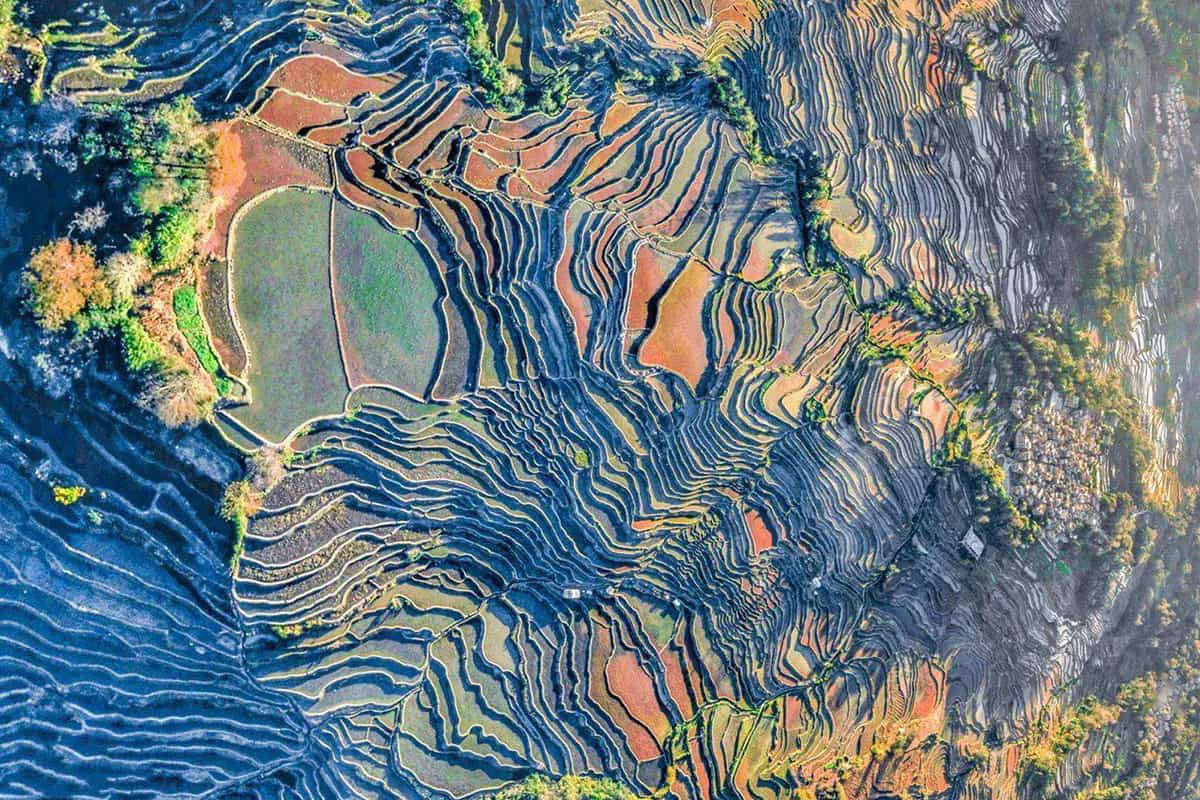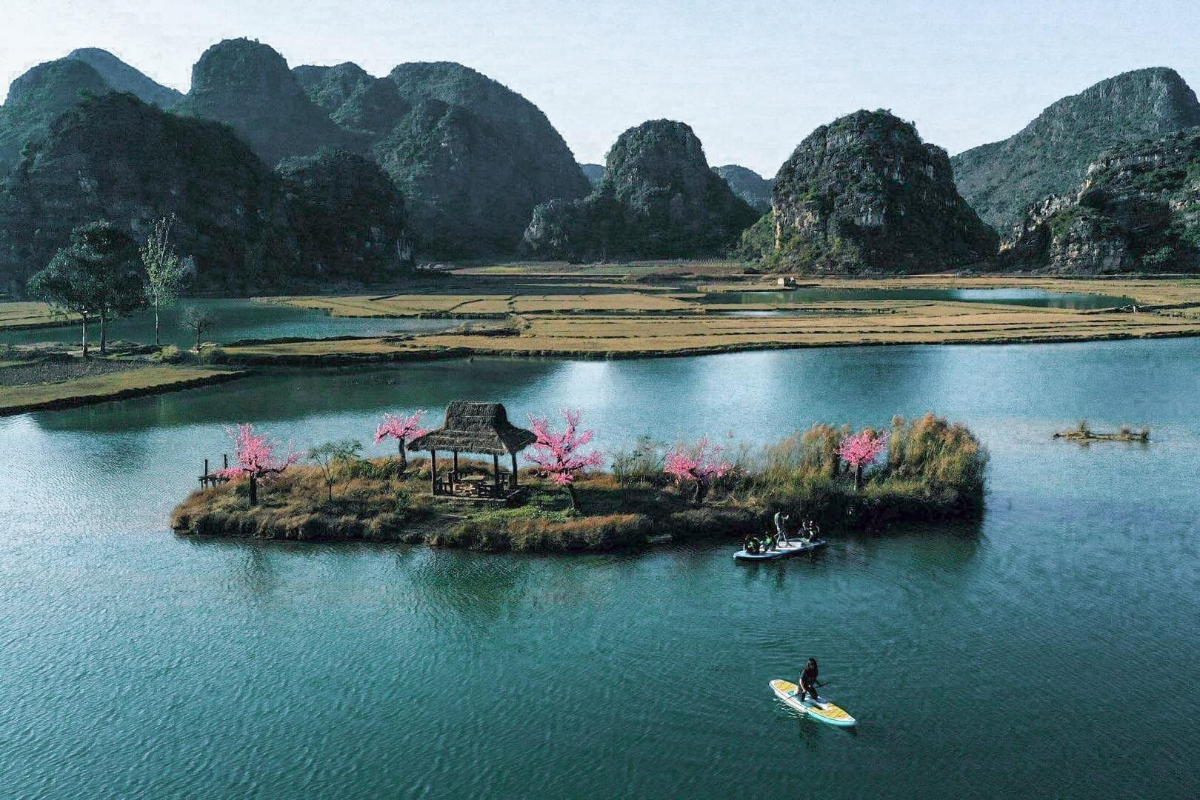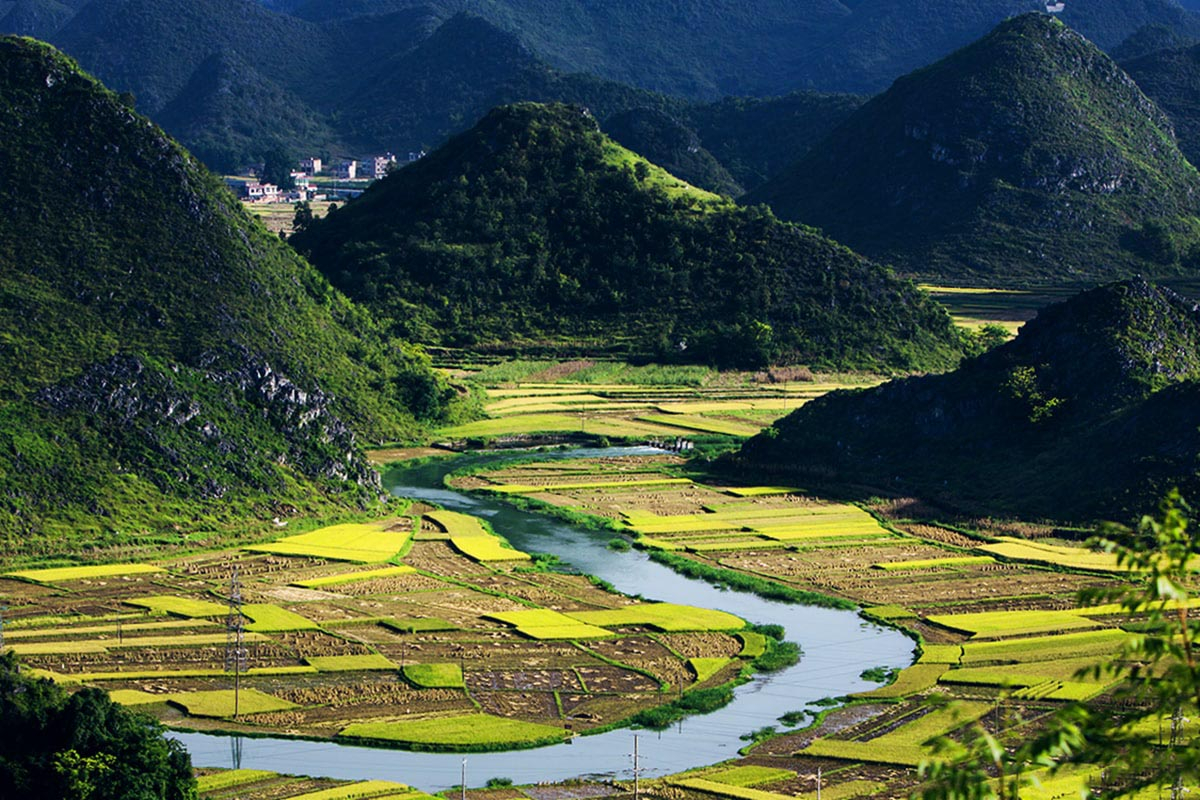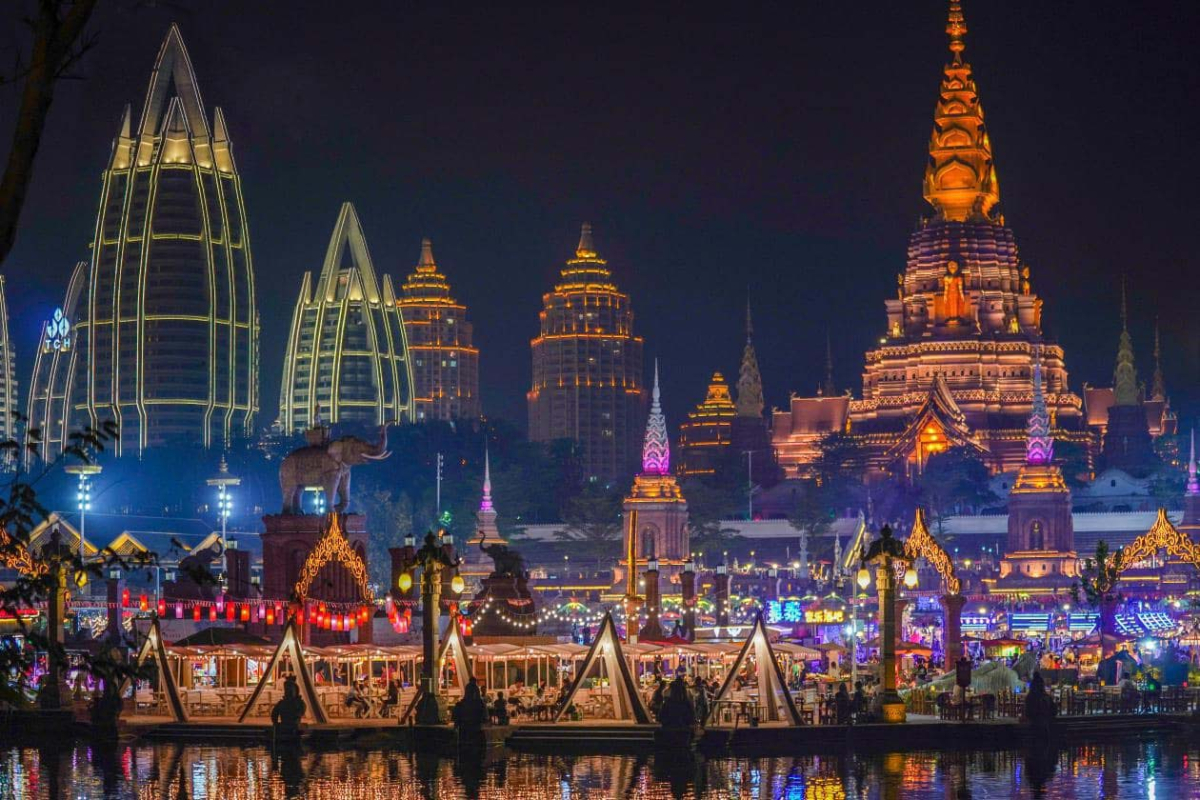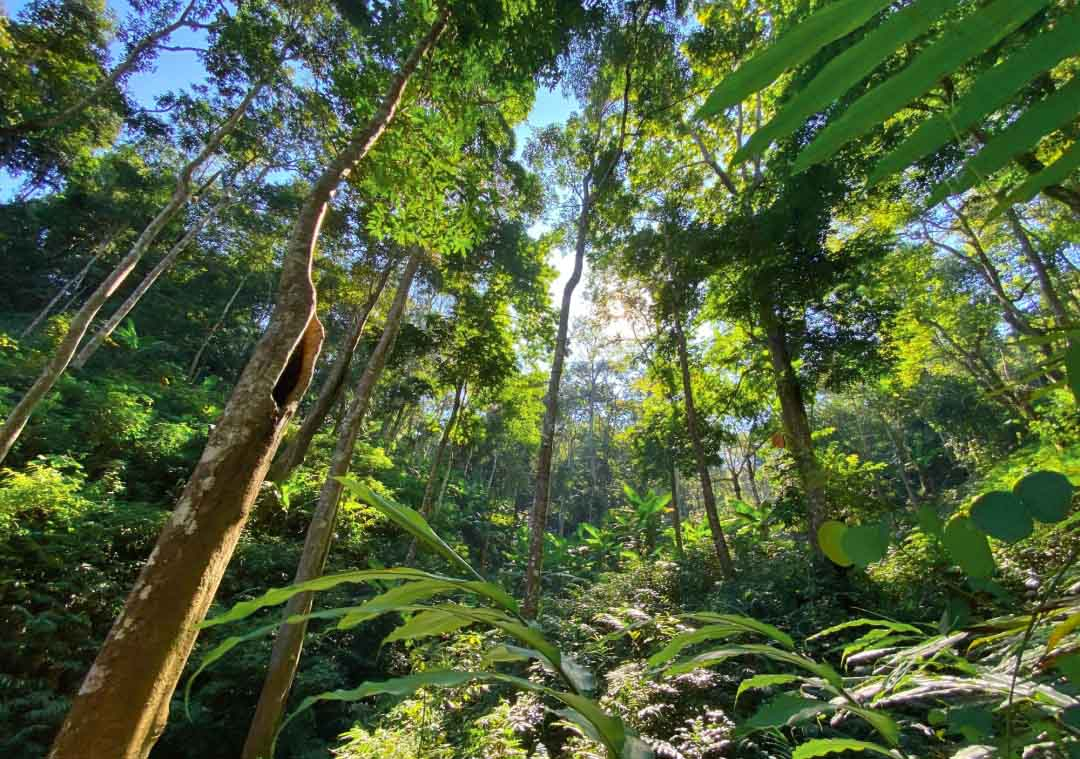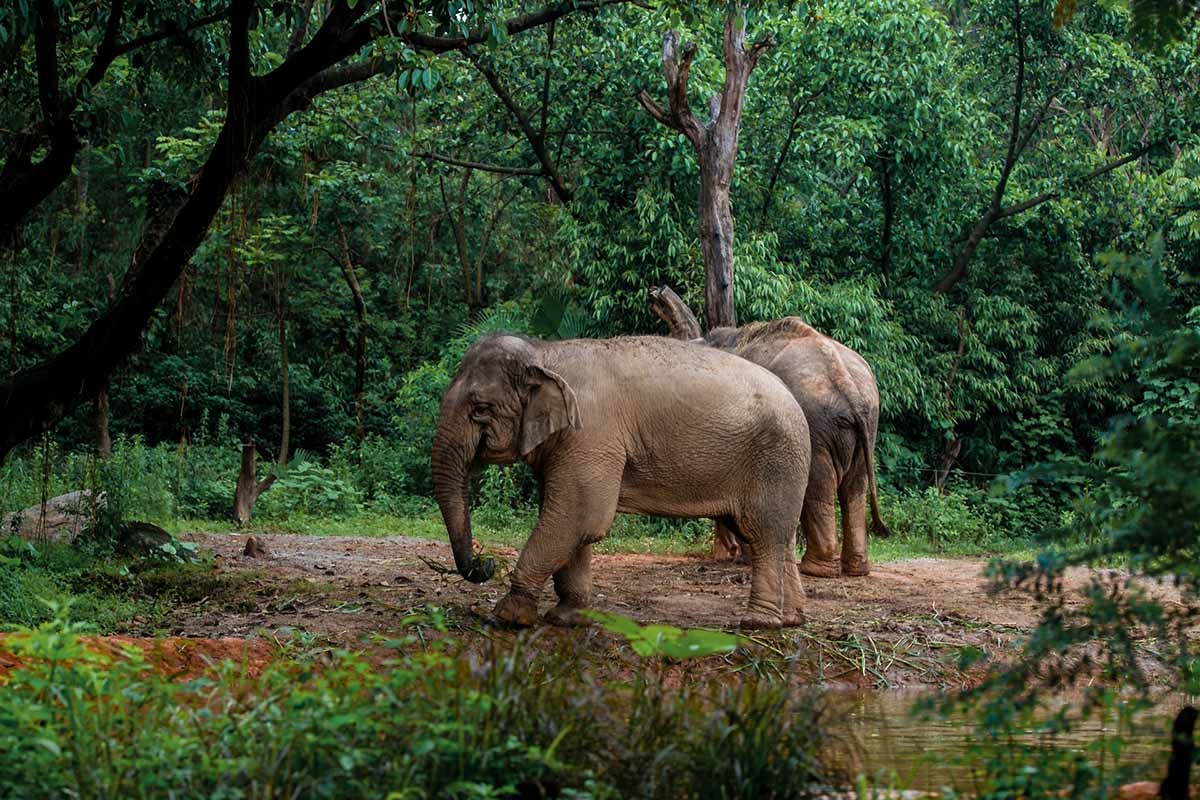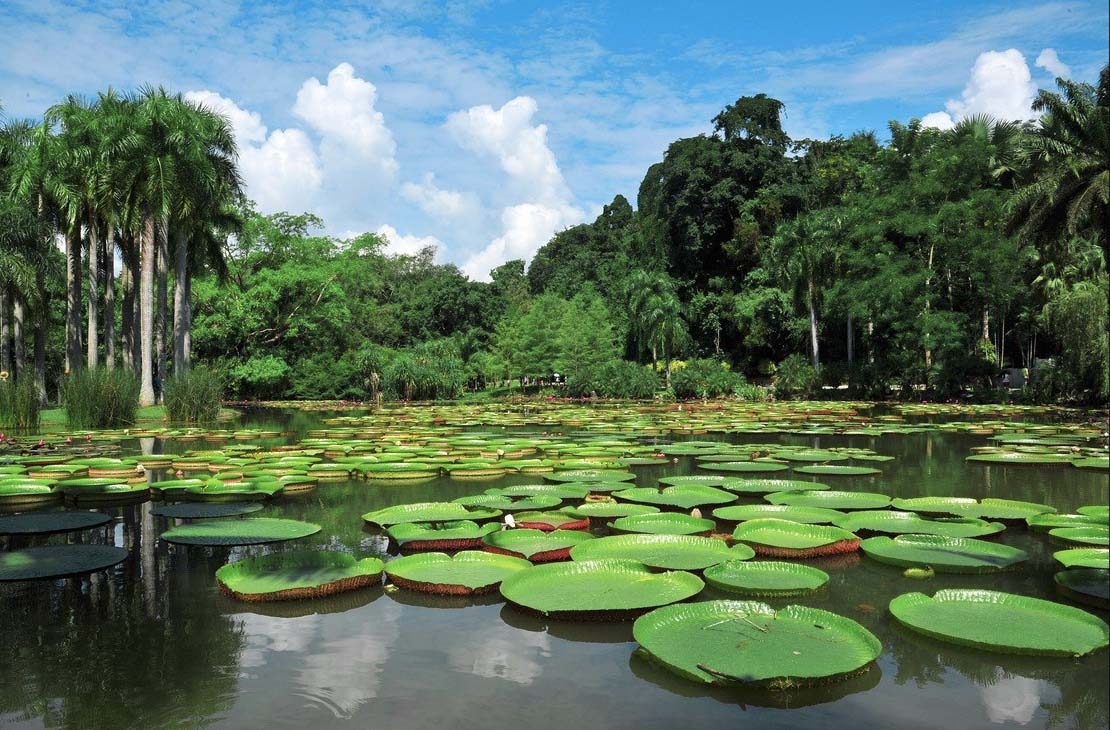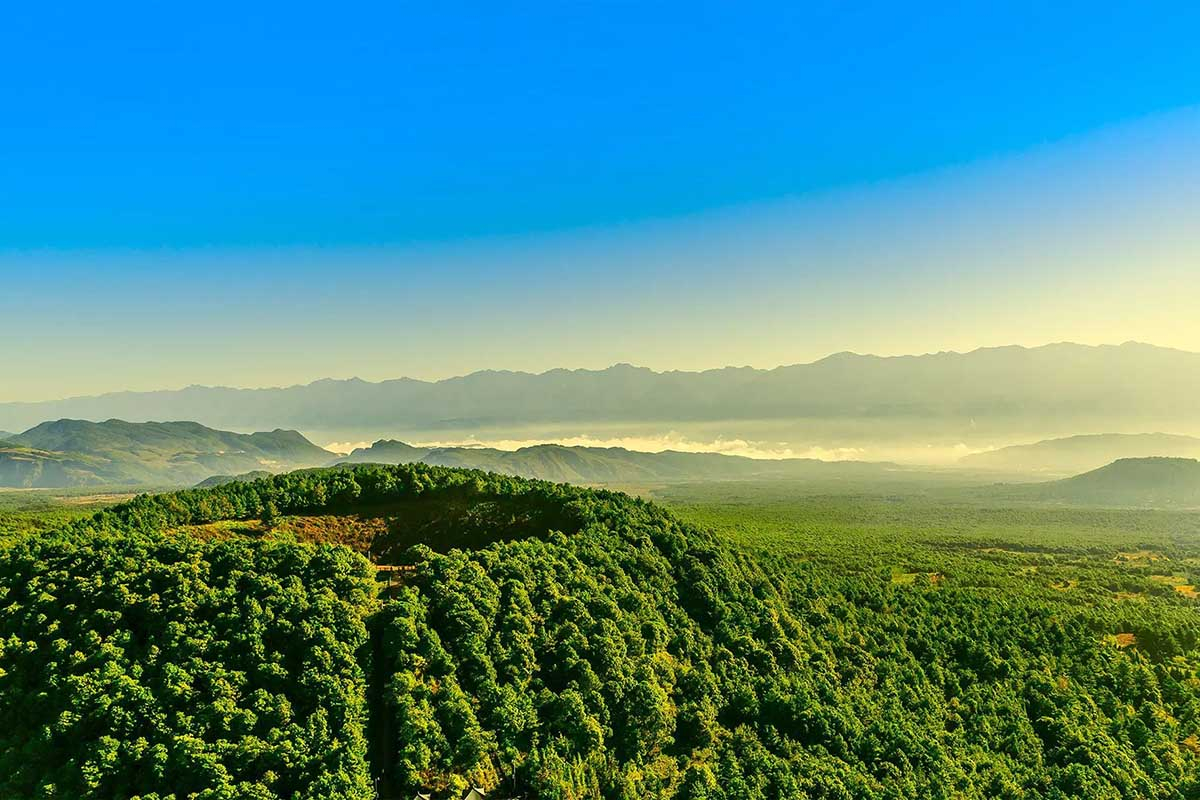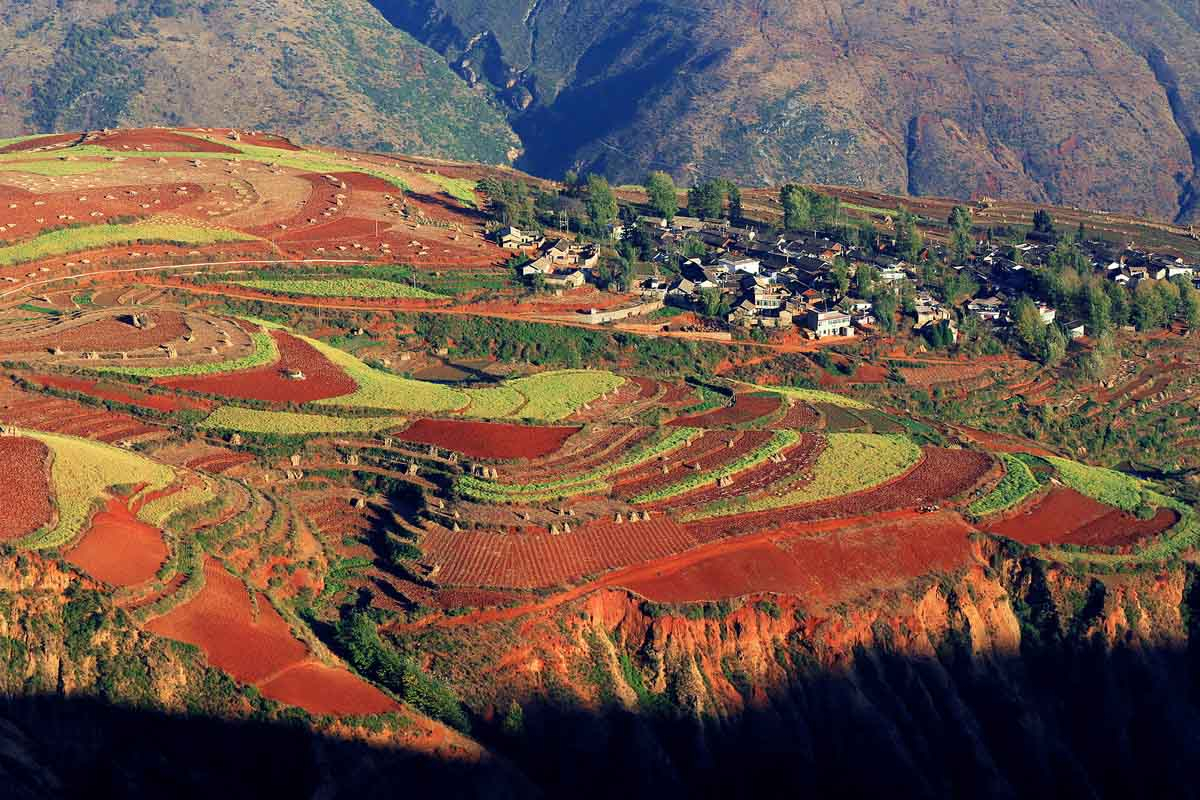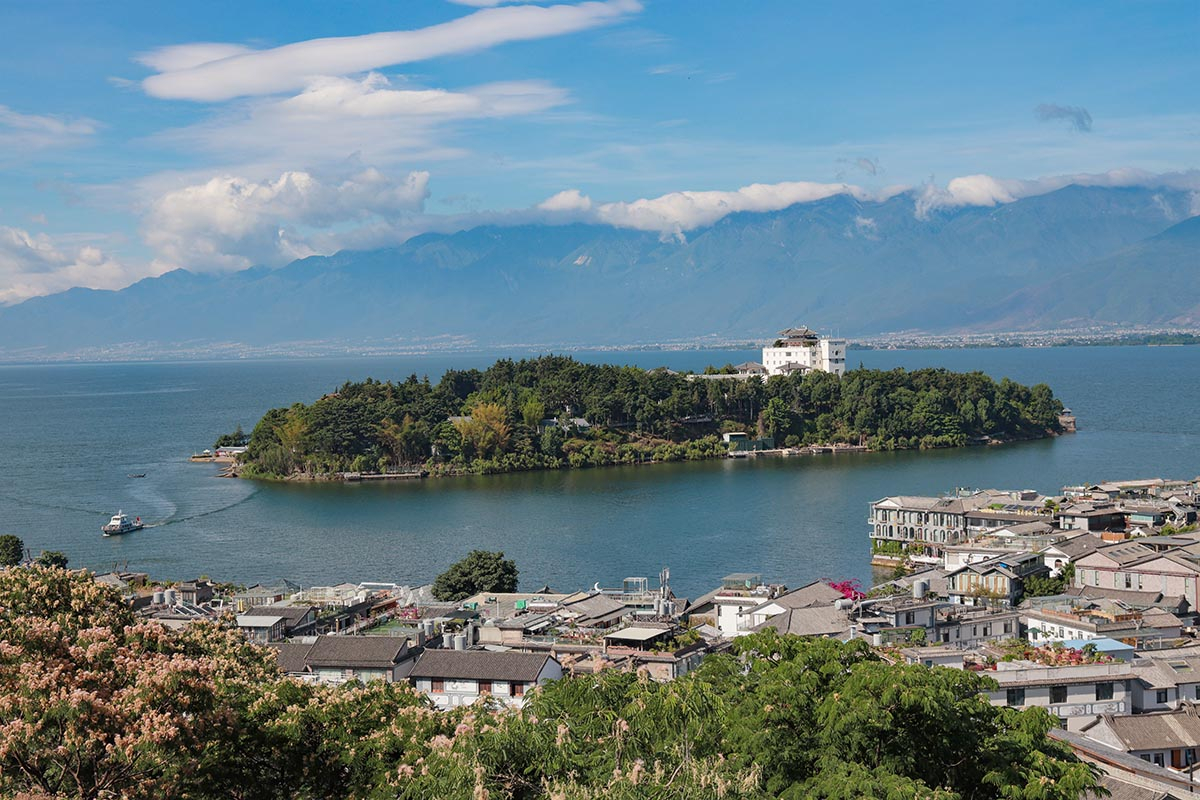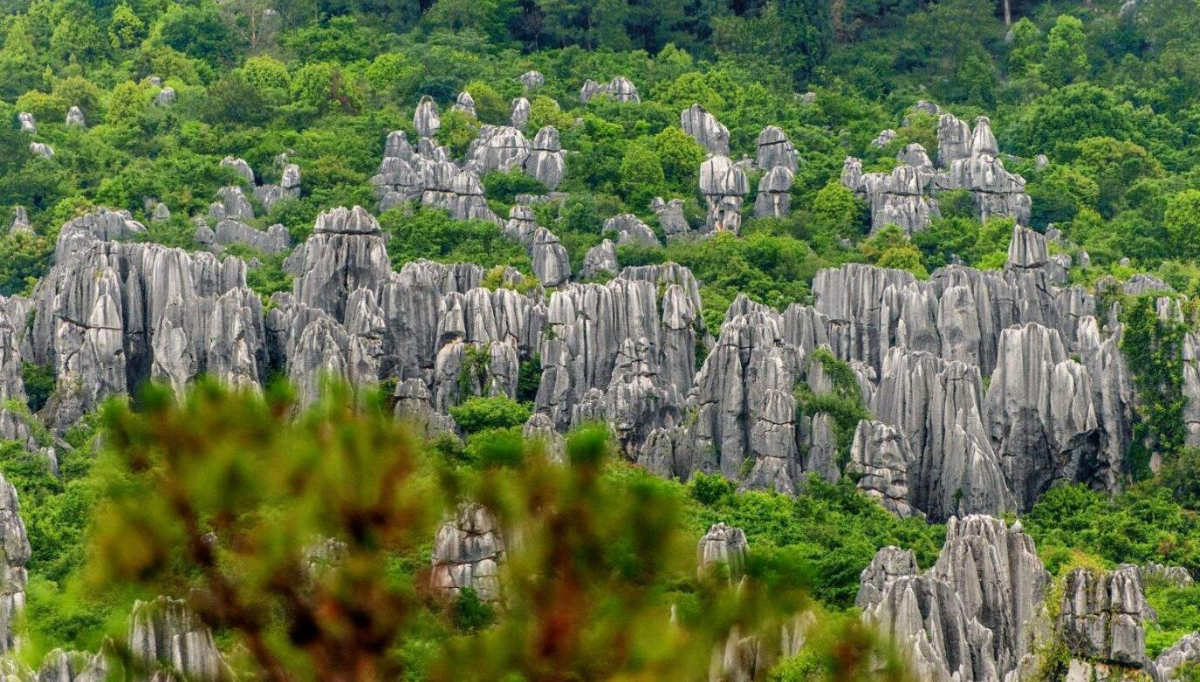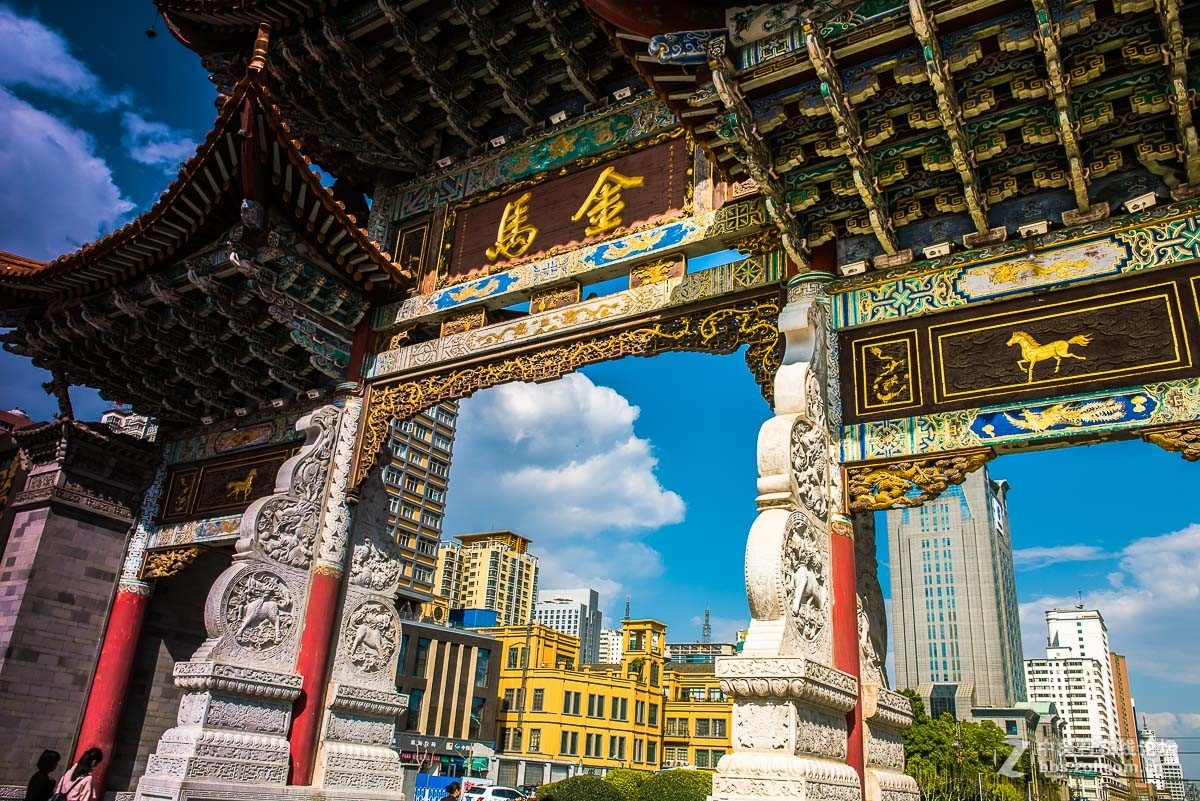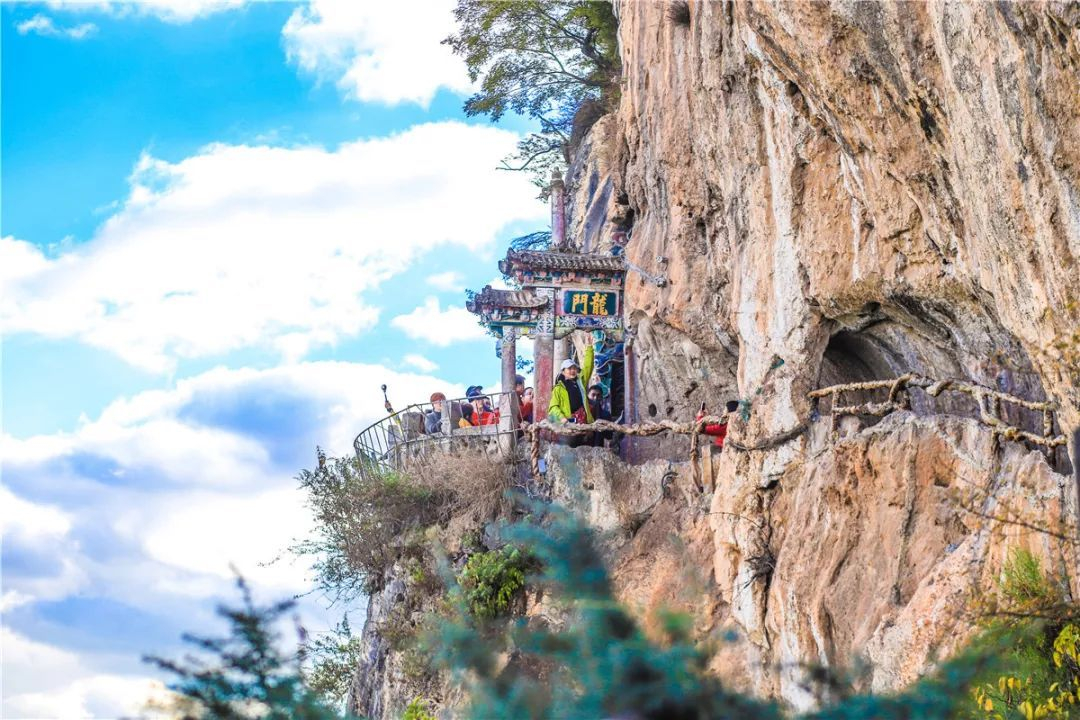Mengle Buddhist Temple
Chinese Name: 勐泐大佛寺 (Meng Le Da Fo Si)
Location: Man Nong Feng, Jinghong City, Xishuangbanna Dai Autonomous Prefecture, Yunnan Province.
Ticket: Entrance ticket CNY120.00
Estimated tour time: 1-2 hours
Recommended time to visit: all year round.
Nearby attractions: Dai Nationality Garden, Tropical Flower Garden, South Herbal Garden, Manting Garden, etc.
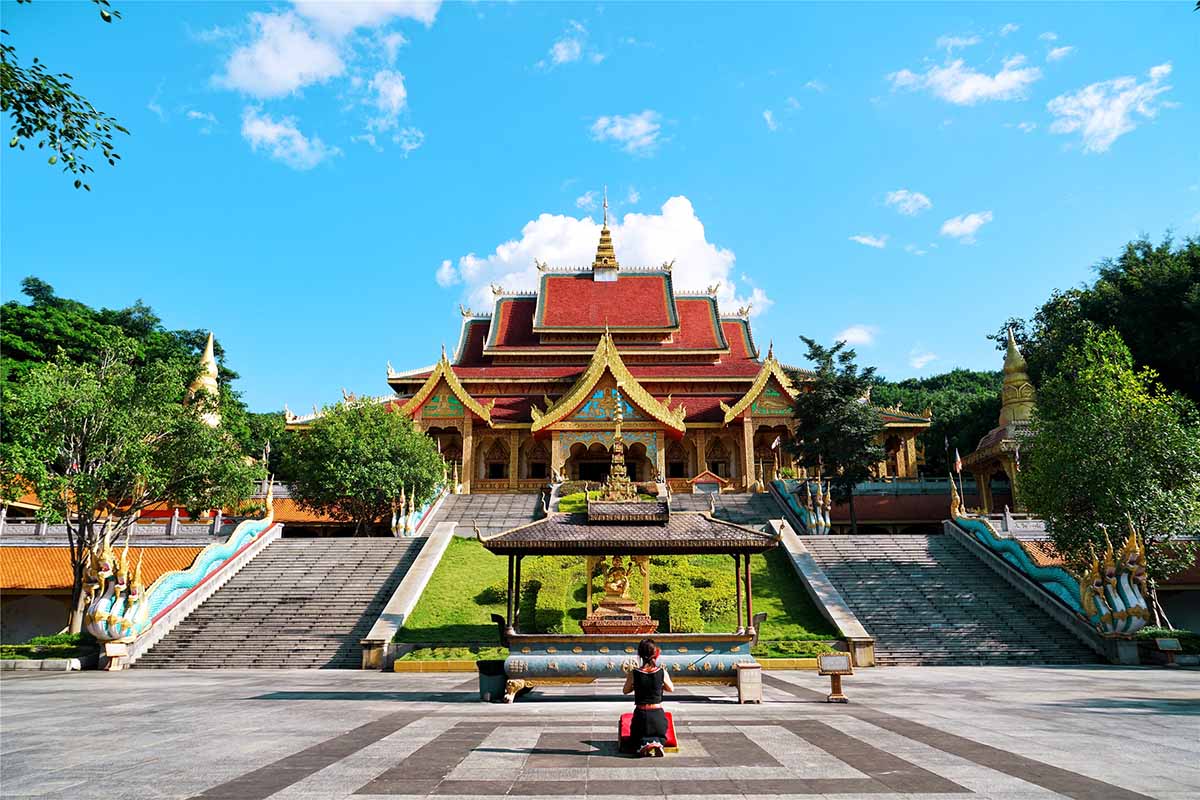
Mengle Buddhist Temple is located on the outskirts 4 kilometers away from Jinghong City, the capital of Xishuangbanna Dai Autonomous Prefecture in Yunnan Province. The temple was restored and rebuilt on the site of the ancient royal temple of the Dai Dynasty known as the Jingpiao Buddhist Temple, which was built by a Dai King named Balong in the history of the Dai nationality in memory of his deceased princess Nansha Weibian and at the same time to promote Buddhist dharma.
The original Jingpiao Buddhist Temple was destroyed 169 years ago during a war in the year 2883 of the Buddhist calendar (i.e. 1848, the reign of Emperor Xianfeng of the Qing Dynasty in Chinese history). The temple was reconstructed in 2005. A large number of silver coins, silver boxes and Buddhist articles were excavated during the construction of the temple.
Covering an area of 65.89 acres, the temple is built on the mountain with a drop of 122.8 meters. It is in the shape of a sitting Buddha, which is unique at home and abroad. The Buddhist temple takes the life of Buddha Sakyamuni and the activities of the Buddhist temple as the main line, and skillfully integrates into the landscape and architectural groups, fully displaying the history and traditional cultural color of Southern Buddhism.
Buddhism spread from India to the south, first to Sri Lanka, and then to Burma, Thailand, Cambodia, Laos and the Dai people in Yunnan and other areas in China. The temple belongs to the southern Buddhism, also called Theravada Buddhism. Southern Buddhism has a profound influence on the politics, economy, culture and art of the Dai nationality society. Hundreds of narrative poems of Dai nationality appeared after the introduction of Buddhism. All the Dai people in Xishuangbanna believe in Southern Buddhism. The Tripitaka in the Dai language is said to be 84,000 volumes, most of which are inscribed on shell-leaves and called shell-leaf scriptures.
At 8 to 10 years old, all the Dai boys are required to go to the temples and live as monks. They learn scriptures and literacy there and usually return secular life after 1 to 5 years.
On every important festivals such as Water Splashing Festival, Door-closing Festival and Door-opening Festival, the Dai people make sacrifices in the Buddhist temple.
In Xishuangbanna, Buddhist temples are all over the villages, almost one temple in one village or two villages, and their architectural styles are also different.
Today, there are still more than 500 Buddhist temples and 200 pagodas in the Dai villages in Xishuangbanna. Mengle Temple is the largest and the most prominent among all the Buddhist temples. It is considered holy land by the Dai people and is required for appreciation and experience of Buddhist culture and regional culture. Buddhist temples and pagodas have become the center of the Dai people's life. The Buddhist architecture art has also become the precious cultural and artistic wealth of the Dai people. Standing on the square of Wanfo Tower, people will have a panoramic view of Jinghong city proper.
- HOTEST
- RECOMMEND
